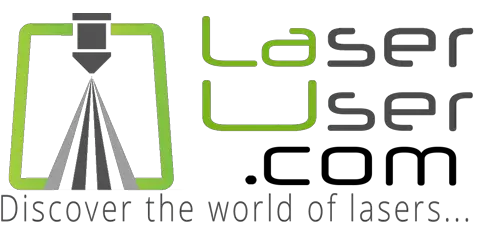Why you should consider using them instead of manual switches is increased operator safety as the control voltages can be low voltage DC but the major one is size/cost of switches on the control panel. The currents required by most of these are mA but can all switch Amps depending on size but as they are remote from the control panel generally space is a less important consideration.
CURRENT RATINGS
The Primary rating (Generally called AC1) of all three of these are typically for what is called a Resistive Load that is typical Lights, Heaters and most power supplies. There is other ratings (typically AC 3 or 4) which is generally for Motor start applications or high inrush current switching as a rough guide if you can't find this information it is in the order of 30-40% of the nominal rating.
So if you want to in our case use one of these options to control a typical 750W Blower on 110V-7A and on 220/240V-3.5A are the numbers but as it is a motor then we need to derate the contacts. So in the case of 110V we will need something in the order of a 20A+ device and a 10A+ rated device for 220/240V. This also to a large degree should be applied to manual switches for switching high current motors so don't push them to their limits expecting the contacts to last and keep switching.
CONTACTORS
While these are essentially a Relay they are generally referred to as Contactors in industry. Big ugly generally din rail mounted and designed for switching or isolating large currents including Induction motors. Typical current ratings for these are 16-50A at mains voltages. They will in almost all cases come with mains AC powered coils. Their applications for Laser use will typically be Emergency stops (refer to as yet unwritten thread) or switching a blower or shop compressor on or off remotely from your Laser front panel. Other than that they have no other real use cases in CO2 Lasers and generally the smaller Relays and SSR's are better suited in terms of price and ratings.
RELAYS
As shown is the photo just below is the most common style that will be used in Laser wiring. There is major cloning and in some cases inferior copies of Western products available on evilbay and Aliexpress so DO NOT push the contact ratings near the stated current limits. Not that you should have to as most applications are only a few hundred watts in the case of Air Pumps or Water Pumps so an 8-10A (most common) nominal relay will be fine on these duties. Typically most of them will also have two sets of contacts with a normally closed and a normally open set allowing complete isolation of the switched device from the power.
Coil Voltages! This is where this comes into play as the Ruida Controllers run 24V DC power so I would suggest that ALL relays you consider using have this coil rating. The photo above for example shows a Blue 30A Relay module but it's coil voltage is 5V, hook that up to a Ruida controller and you will cook the coil.
While there is no set standard for wiring or terminal connections in a lot of cases often the tops of the relays will include a somewhat difficult to read wiring diagram with terminal numbers on it. If you are old and poor of vision then get out the magnifying lens
** At this point also note in the picture below the circled symbol for a diode. This is required in the circuit EXTERNALLY to the relay coil, in particular where the controller is providing the voltage/signal to protect that device. When a coil/inductor is switched off it creates a strong reverse spike of voltage that can damage electronics so the diode connected in this configuration will block that spike. Suggested additional reading here https://www.4qd.co.uk/docs/catching-diode/
Use cases in Lasers is things like Air or Water Pumps, Lights and even Extraction Fans on smaller Lasers (refer to the current section above for derating with motors). Why you would do this is generally these are sub $10 devices and they allow much smaller $1-2 switches on the control panel. If 24V DC coils are used the control panel is much safer should you drop a Coffee over it (yes I have done similar). This is good sound industrial practice and not always used in the cheaper end of Chinese origin Lasers.
SSR or Solid State Relays
While I love using these rather than Relays as they can be driven off low voltage microcontrollers directly like the Arduino on 5 or even 3V DC they can be a little more fiddly than a relay and generally as they are a single channel device they don't offer the full isolation of what is being controlled unless you use a pair. Their use cases are much the same as Relays as is the rule of thumb for derating their current limits. As there is no coil there is no need for a diode across the contacts.
My Suggestion for Laser wiring would be to go with Relays instead!
This is a potted and very basic intro to these items, feel free to critique it below suggest additions or changes and I will tweak this post to suit.
